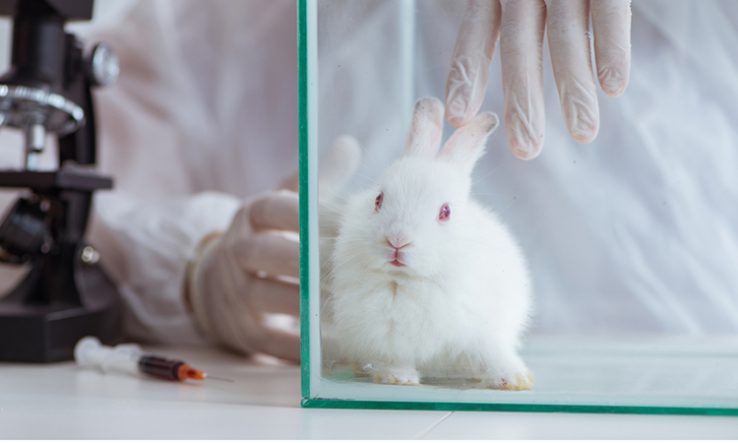
National transparency agreement has 32 signatories and supporters
A new national agreement on openness in animal research is “an opportunity to build trust” with the public, an openness campaigner has said.
Board member Malcolm France told the annual conference of the Australian and New Zealand Council for the Care of Animals in Research and Teaching on 9 August that the agreement could help change the “unacceptable” fear some researchers felt about discussing their use of animals.
The agreement commits signatories to communicating externally and internally about their use of animals in research and to reporting animal use. It has been endorsed by a foreword from Australian chief scientist Cathy Foley.
The Australian agreement is based on a similar document first created in the UK in 2014 and since adapted to multiple countries.
So far, 32 organisations have signed up to the Australian agreement as either core signatories or “supporters”. Of the 17 research organisations that have signed, only eight are universities and none are Group of Eight research-intensive universities. A similar agreement launched in New Zealand in 2021 has the backing of all New Zealand’s universities.
Supporters in Australia include the Australian Research Council and the National Health and Medical Research Council, while the Commonwealth Scientific and Industrial Research Organisation is a signatory.
France said that during the three years it had taken to develop the agreement, it became clear that there was a “perception that animal research in Australia has been conducted secretively”, not only among the public but also among some members of the research community. He pointed to a recent New South Wales parliamentary inquiry that endorsed the idea of an openness agreement.
France, who is a consultant veterinarian, told the conference that some of the issues that needed to be overcome in drafting the agreement included a fear of “unwanted attention” through openness, and the perception that it would involve more administration and costs.
His council will continue to promote the agreement in an effort to get more signatories on board.
National code ‘not keeping up’
At the conference, the animal welfare group Humane Research Australia called for a full review of the 10-year-old national code on animal research.
HRA chief executive Rachel Smith said in an address to the conference that the code was sometimes “the only protection” for animals and was not keeping up with changes in technology and society’s expectations.
State-based codes and laws sometimes “outperformed” the national code, she said.
HRA claims that the definition of “justified” use of animals in research is too open to interpretation. Smith told the conference that the assumption of needing to use animals had become ingrained because of “a lack of funding and support for other scientific methods”.
Animal ethics committees should have to include someone with an understanding of possible alternatives to using animals for research, Smith said.
The group also wants veterinary oversight of animal research work, mandatory rehoming of some kinds of animals such as dogs and cats, and mandatory use of pain mitigation during research likely to cause pain. Crustaceans should also be covered by the code, which currently excludes invertebrates.
The code is maintained by the National Health and Medical Research Council in conjunction with other funding and interest bodies. It was updated to cover cosmetics testing in 2021 but was last fully reviewed in 2013.